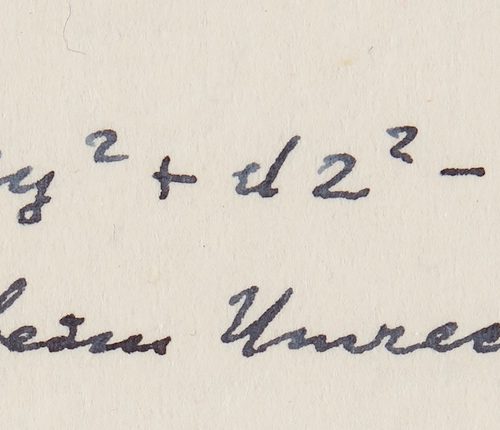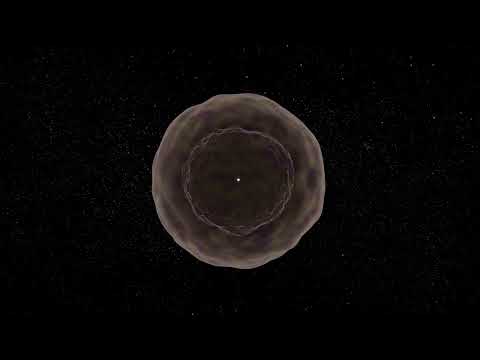Our vast universe might not be infinitely expanding after all. Some newly reviewed dark energy data may contradict the theory first posed in 1922 by the astronomer Alexander Friedmann. According to a study recently published in the Journal of Cosmology and Astroparticle Physics, the cosmos will actually conclude with a “big crunch.” And if the hypothesis is true, we’re nearly halfway there.
The universe began about 13.8 billion years ago with the big bang, according to modern physics. However, the data is murkier when it comes to the ultimate fate of the cosmos. For decades, many researchers agreed on calculations indicating that the universe may simply continue to infinitely expand outwards in all directions. In more recent years, some experts have posited much more concrete conclusions including a long freeze or even a big rip.
Cornell University physicist Henry Tye and colleagues think otherwise. They recently introduced new information on dark energy acquired from multiple observatories into a cosmic model, featuring what’s known as the cosmological constant. First described by Albert Einstein in 1917, the constant was originally a coefficient intended to counterbalance gravitational force in a static universe. Although abandoned after Edward Hubble confirmed the universe’s ongoing expansion in 1929, physicists later revived the cosmological constant with both positive and negative valuations depending on their theory.
For around two decades, most experts have come down in favor of the positive constant scenario, which says the universe’s expansion is accelerating. But Tye’s results show something else.
“The new data seem to indicate that the cosmological constant is negative, and that the universe will end in a big crunch,” he said in a statement.
The information comes from two major reports released earlier this year: the Dark Energy Survey and the Dark Energy Spectroscopic Instrument. Both projects were organized to determine if the 68 percent of all mass and energy, collectively termed dark matter, originates from a pure cosmological constant. Instead of confirming this, it now appears there are other forces at work.
Although those “forces” remain mysteries, Tye’s team experimented with introducing a hypothetical, extremely low mass particle into their cosmic equations. While it would have initially behaved as a cosmological constant in the universe’s earliest eons, it no longer operates in the same way. Because of this, the constant has since shifted into a negative.
“People have said before that if the cosmological constant is negative, then the universe will collapse eventually. That’s not new,” explained Tye. “However, here the model tells you when the universe collapses and how it collapses.”
If ultimately true, the universe will reach its maximum size around 11 billion years from now. At that point, physics (and that negative cosmological constant) will dictate if it begins to retract towards a single point. Then, after 33 billion years of existence, the universe will squash itself into nothingness.
It may be yet another compelling hypothesis, but it’s one based on the latest data available on some of the cosmos’ most intriguing components.
“In the 1960s, we learned that [the universe] has a beginning,” said Tye. “It’s good to know that, if the data holds up, the universe will have an end.”






